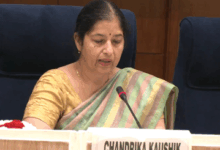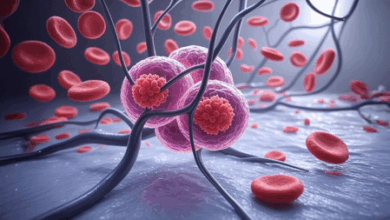
Vodafone Idea on Tuesday denied reports that it is in talks with Tesla and SpaceX CEO Elon Musk for managing its affordable satellite-based Internet service Starlink in India.
In an exchange filing, the telecom provider said: “We would like to submit that the company is not in any such discussion with the named party.”
After the clarification, Vodafone Idea’s stock dropped over 4 per cent to Rs 16.20 on the Bombay Stock Exchange (BSE).
In September last year, Vodafone Idea had denied reports that it was in discussion to be acquired by Verizon, Amazon or Starlink. In a regulatory filing, Vodafone Idea had said the reports were incorrect.
The Rajya Sabha last month passed the Telecommunications Bill 2023 through a voice vote, after it was passed in the Lok Sabha.
The new bill allows spectrum allocation for satellite-based services without the need to participate in auctions — a move to favour companies such as OneWeb, Elon Musk’s Starlink, and Amazon’s Kuiper.
After several failed attempts in the past, Starlink is once again keen to launch satellite broadband services in the world’s largest country this year.
Meanwhile, Vodafone Idea is geared up to make significant investments to roll out 5G networks and further expand 4G coverage in India.
Vodafone Idea team has worked diligently to prepare the core network for 5G over the last year.











